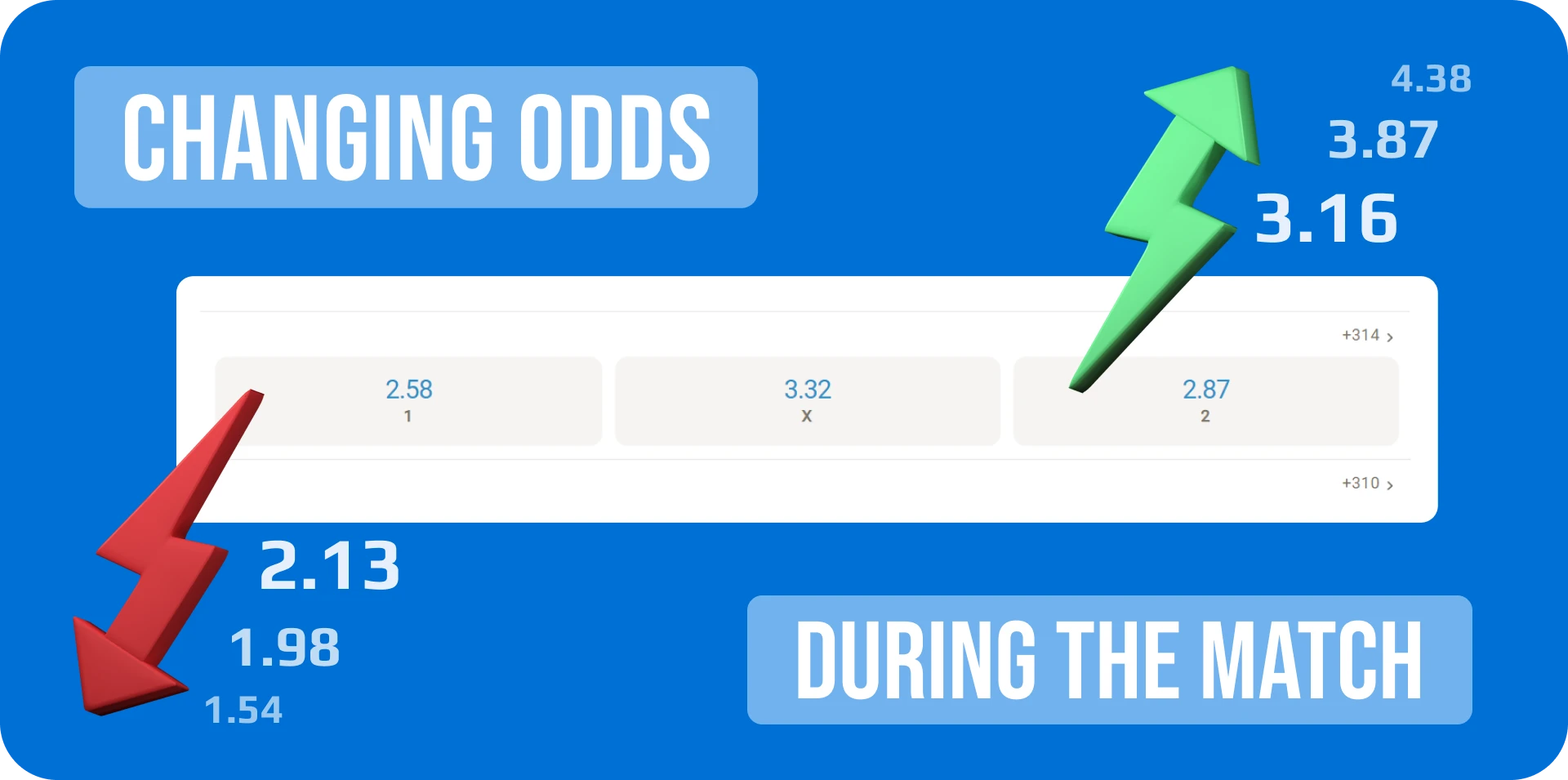Updated:
Types of Overasks
Depending on the reasons for their occurrence, overasks in betting can be categorized into one of the following three types:
Purposeful
This type of overask is a reaction to the emergence of insider information.
The first scenario involves the physical condition of players or the psychological state of the team. For instance, the injury of one or two key players or if the team is not particularly motivated for the game or faces an underdog, the coach may field a second-string lineup, and so on. In these cases, despite a balanced flow of bets, bookmakers are compelled to adjust the odds accordingly. Considering that force majeure circumstances of this type do not warrant the annulment of previously placed bets, a competitive situation arises between the player and the bookmaker — who will place the bet first or lower the odds.
The second scenario of purposeful overask, using insider information, is somewhat dishonest or illegal. It occurs quite rarely when rumors of a fixed match leak out. Unlike the first scenario, the bookmaker’s response to such overasks is quite rapid and severe — all bets are canceled, and the sports events are removed from the line-up.
Unplanned
This type of overask occurs as a result of the publication of the opinion of some expert or a widely publicized tipster. In this case, many novice bettors decide to rely on expert opinion and make a “guaranteed” bet. If the opinions of several well-known tipsters coincide, their combined audience can cause such a distortion in cash flows that the bookmaker has to adjust it by changing the odds.
Fan Preference
Overask caused by the support of one’s favorite team or national team mainly arises during international competitions. In this case, fans make somewhat thoughtless bets, trying to “support” their favorite team. In this scenario, the bookmaker is forced to adjust the overask, although there are no objective reasons for changing the odds.
Player Reaction to Overasks
Overasks caused by natural reasons can be used by the player in two ways.

Following the Overask
This is the most common strategy. Most novice players bet on sports events that have attracted a large number of bettors. This combination reflects herd instinct and indecisiveness. It’s worth noting that such behavior doesn’t always justify itself. Firstly, novice bettors often fail to track mass bets. Therefore, they place their bets when the odds have already decreased. Secondly, an important factor is the inability to distinguish between overask caused by financial flows and a decrease in the bet due to objective factors affecting the game. The third parameter limiting the strategy of following the overask manifests itself in the case of a mass influx of information by tipsters. Even the opinions of real experts are not always confirmed, let alone tipsters who, for the most part, are weak specialists copying opinions of similar “experts” with a slight delay. Some of them are outright fraudsters.
Betting Against Overask
This strategy is most often applicable to sports events involving national teams. It is during these times that overasks caused by fan preferences — unreasonably large numbers of bets on a club or national team — usually occur. However, only experienced bettors can fully implement the strategy of betting against overask. To achieve maximum effect, it is necessary to identify the peak value of the coefficient to place a bet under the most favorable conditions.
Summing Up
If a player notices a change in the bet, the first thing he needs to do is determine whether it’s caused by objective factors or overask. His/her further actions depend on this — following one of the strategies described above or canceling the bet, provided that the bookmaker has a “cash out” function.
Learn More




Comments